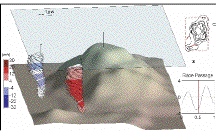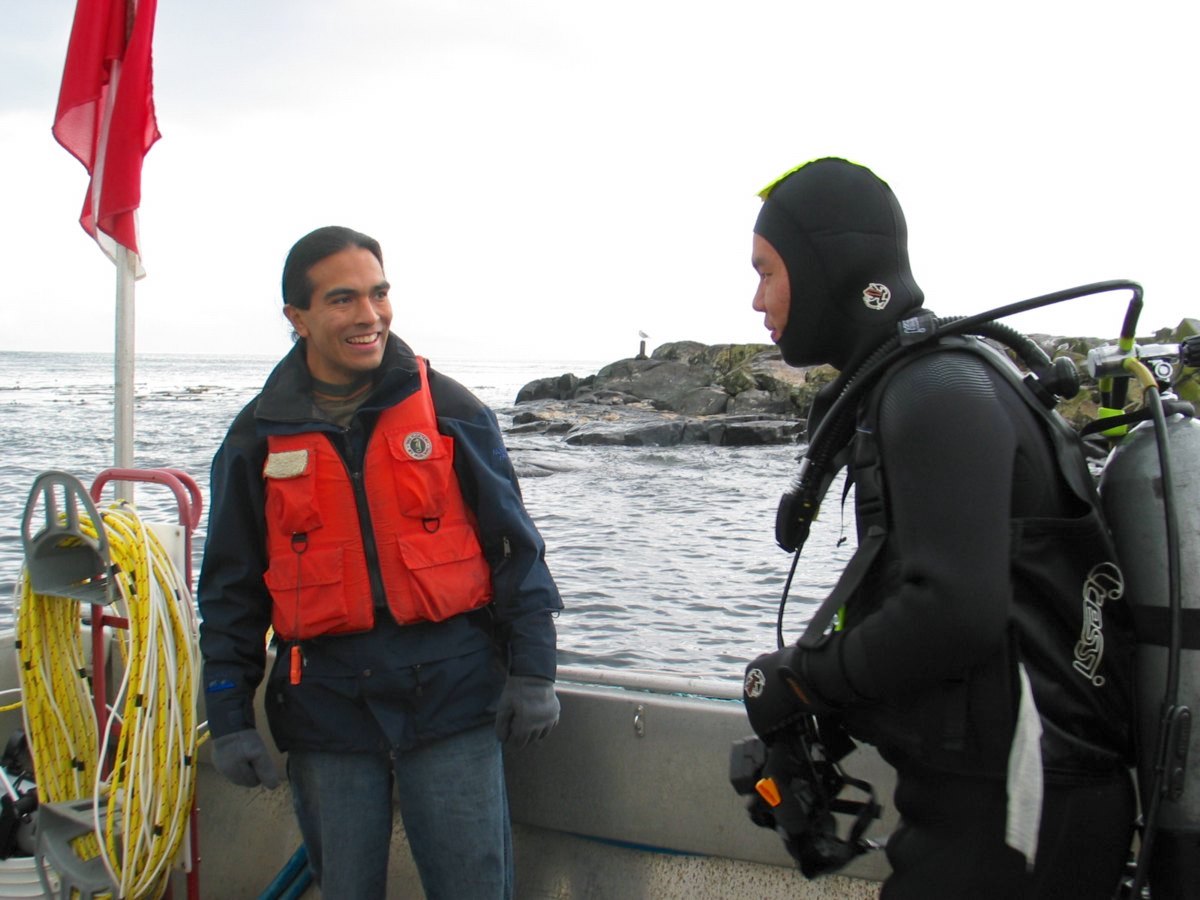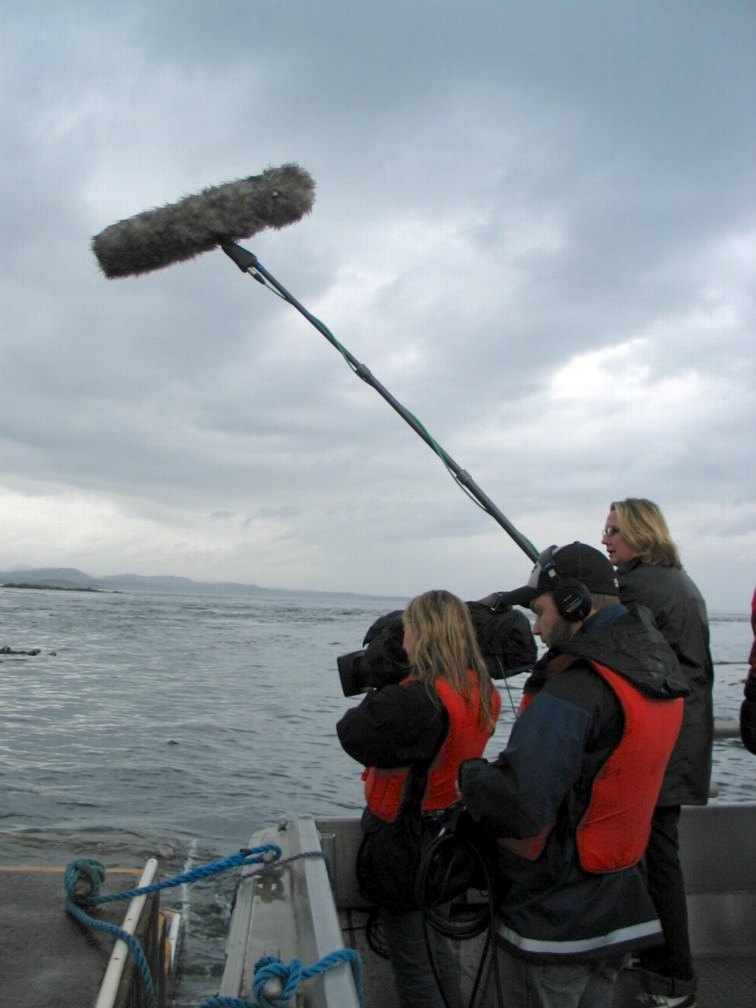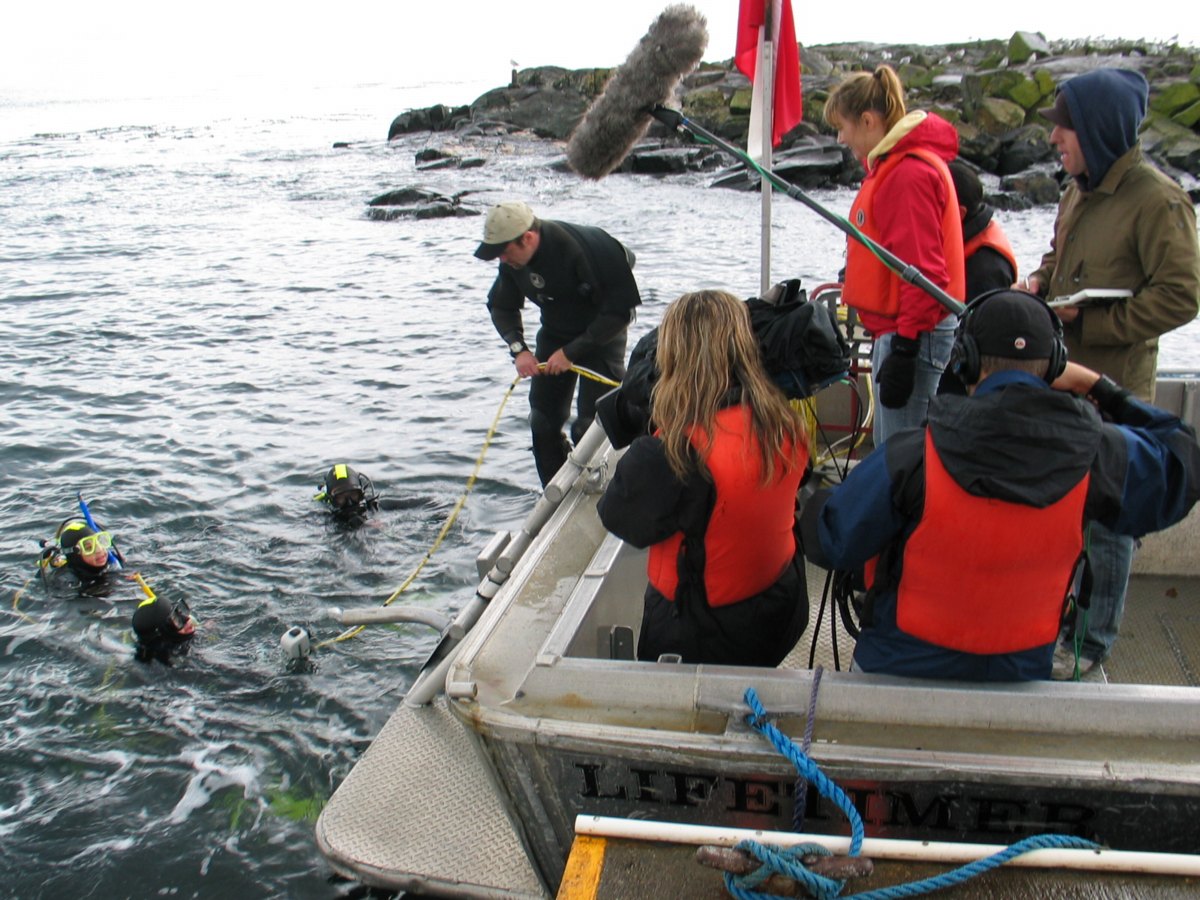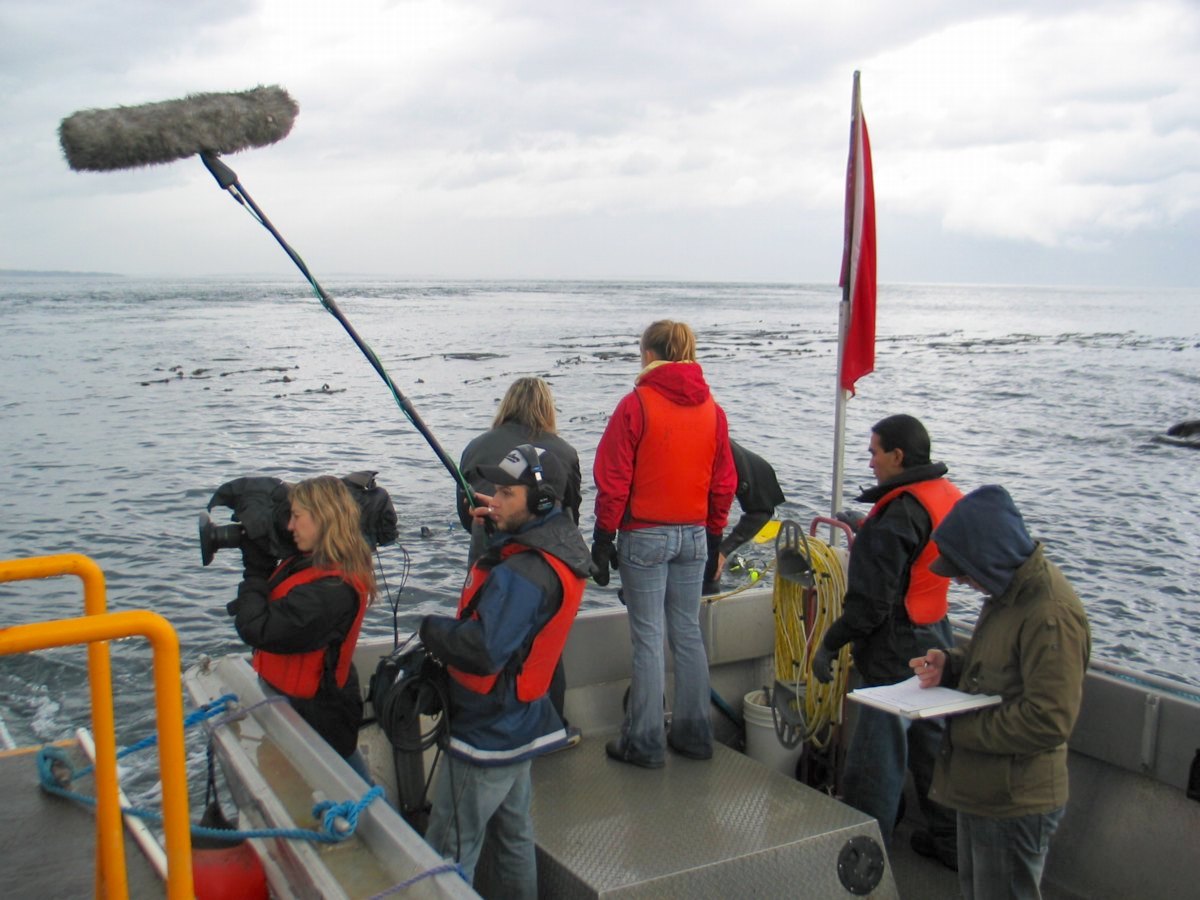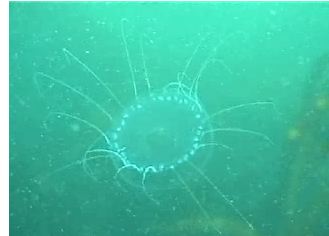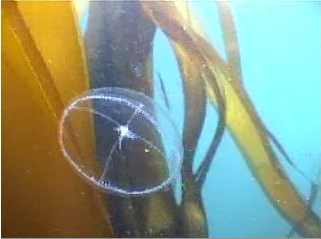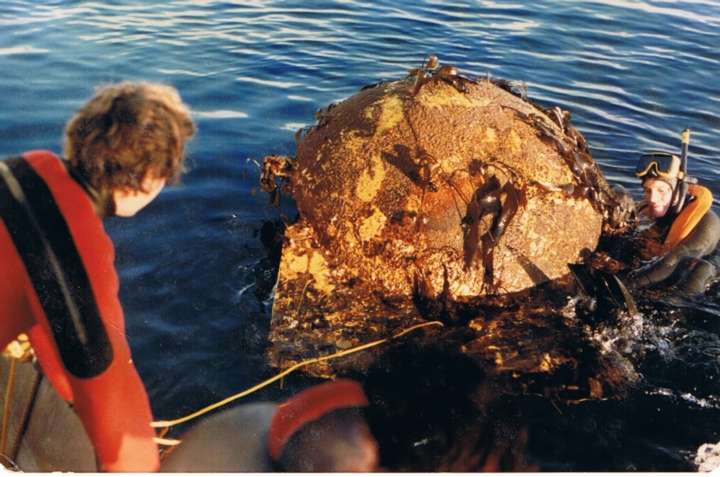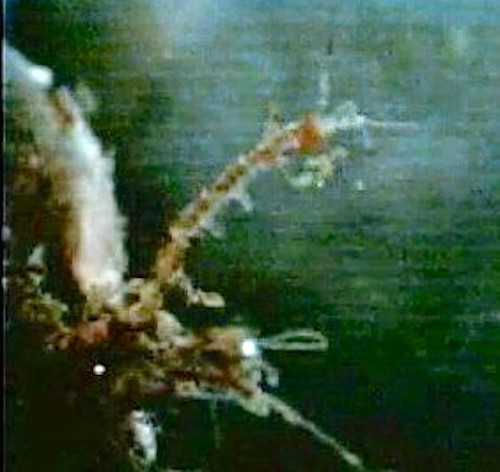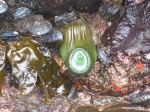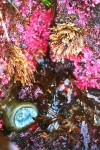Race Rocks is at the northern limit of distribution of the Elephant Seal. They often number from 2 to 3 large males and 4 or 5 females. Arriving in January, they usually stay through the summer on the middle island and then leave for several months in the winter. Elephant seals often undergo a juvenile moult on the local beaches of Victoria when several years old. This individual may be at the end of such a moult as it still has a few sore spots on it’s coat. They end up on beaches where they wallow in the sand to keep the flies off. Members of the public often report them to the “authorities” as being diseased in appearance as their skin is blistered and raw. There has even been an example in the past few years in the local Victoria area when an animal in such condition was reported to the authorities as sick and due to ignorance, the animal was shot by an animal control officer. Of course this outraged some of some local residents who had been observing it for weeks as it was going through the moult, but the mistake had been made. So humans — leave well enough alone. Misguided intervention is not helpful for this rather rare pinniped
The video of this female elephant was videoed off the South side of Race Rocks. It was done in hi 8 – before we had SONY cameras that would record in Digital. One can see the patchy skin typical of the moulting stage just behind the head. This seal had probably already gone through the most serious part of the juvenile moult, which may have occurred on one of the sandy beaches over near Metchosin. The barking in the background is from California sealions.
